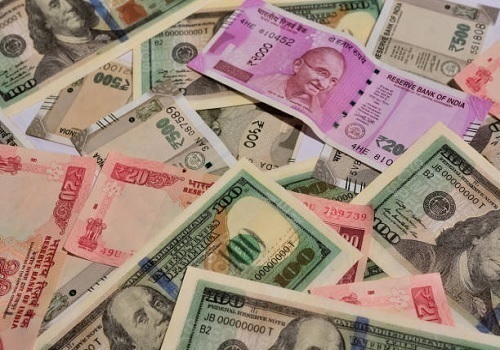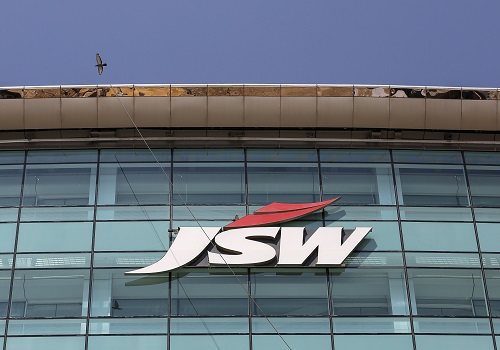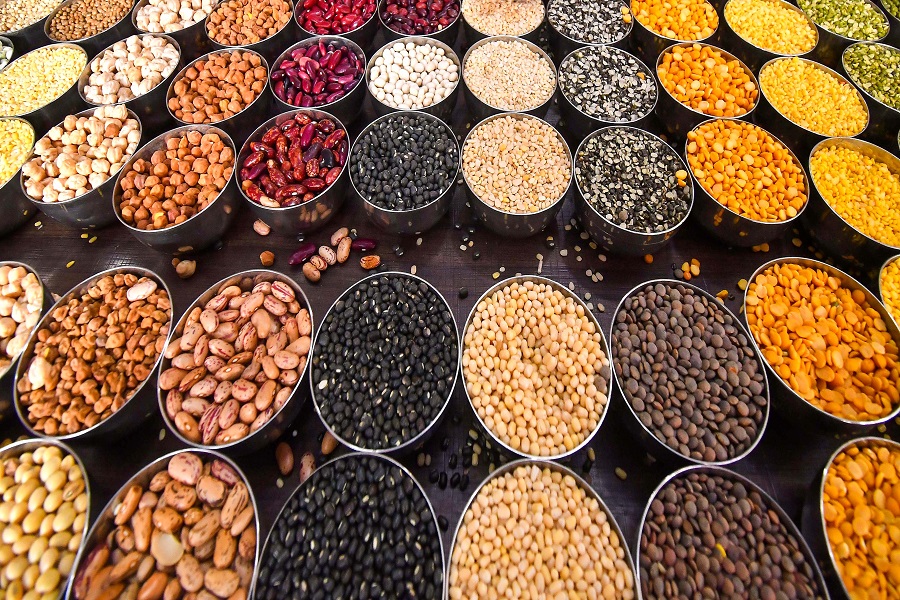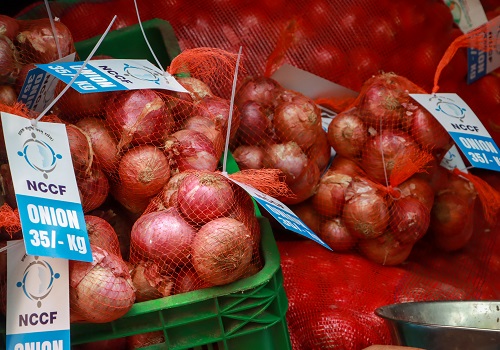Uttar Pradesh government to boost mango export with higher yield and improved quality
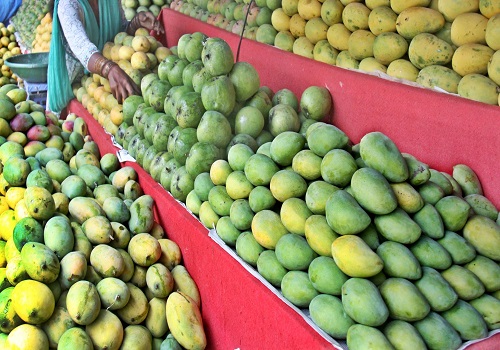
The Uttar Pradesh government has decided to enhance the production and quality of mangoes in the state's orchards.
The government has now exempted UP farmers from the requirement of getting permission from any government department for pruning mango trees.
Mango producers can simply carry out pruning of mango trees and reduce their height to enhance their productivity.
This decision simplifies canopy management for old mango orchards, and its positive effects will be evident in the coming years. Canopy management will rejuvenate old mango orchards, making them as productive as new ones.
As a result, not only will production increase, but the quality of the fruits will also improve, opening new doors for export opportunities.
Mango, it is noteworthy, is a significant fruit in Uttar Pradesh. The state produces 4.5 million tons of mangoes from 260,000 hectares of cultivation. About 40 per cent (roughly 100,000 hectares) of these orchards are over forty years old.
In the old orchards, the number of new leaves and branches essential for flowering and fruiting has diminished. In contrast, thick and tangled branches abound, preventing adequate light from reaching the interior.
These conditions lead to higher insect and disease infestations and make applying pesticides effectively challenging. Consequently, the sprayed medicine often does not reach the inner parts of the trees, leading to increased pesticide use and environmental pollution. The productivity of such orchards is barely 7 tonnes per hectare, whereas well-managed orchards can yield 12-14 tonnes per hectare.
To address these issues, the Central Institute of Subtropical Horticulture has developed a proper pruning technique for renovating these mango trees.
This method, known as pruning of tertiary branches or table-top pruning, not only opens up the tree's canopy and reduces its height but also promotes a healthier environment.
With this pruning technique, trees can start producing 100 kg per tree within just 2-3 years, all while reducing the need for excessive pesticide use.
According to Sushil Kumar Shukla, a senior scientist at the Central Institute of Subtropical Horticulture (affiliated with the Indian Council of Agricultural Research in Rehmankheda, Lucknow), scientifically managing the canopy of young plants and orchards over 15 years old from the time of planting will facilitate maintenance, timely protection, and measures for better flowering and fruiting. This approach will enhance both production and quality, increasing export opportunities.
One can cut the main stem at 60 to 90 cm in the beginning. This will give the rest of the branches a chance to grow better. In the initial years (1 to 5 years), you can also try to give the plants proper structure by tying these branches with string or hanging stones, etc.
In orchards with normal production capacity, where branches are starting to creep on neighbouring trees, canopy management through pruning is essential. Proper canopy management at this stage can eliminate the need for future renovation.
This approach is crucial for orchards that are 30 years old or older, many of which become unproductive or unprofitable due to a lack of canopy management.
According to Sushil Kumar Shukla, instead of cutting all the main branches at once in December-January for canopy management, the main branch that grows straight upwards and blocks light needs to be removed.














